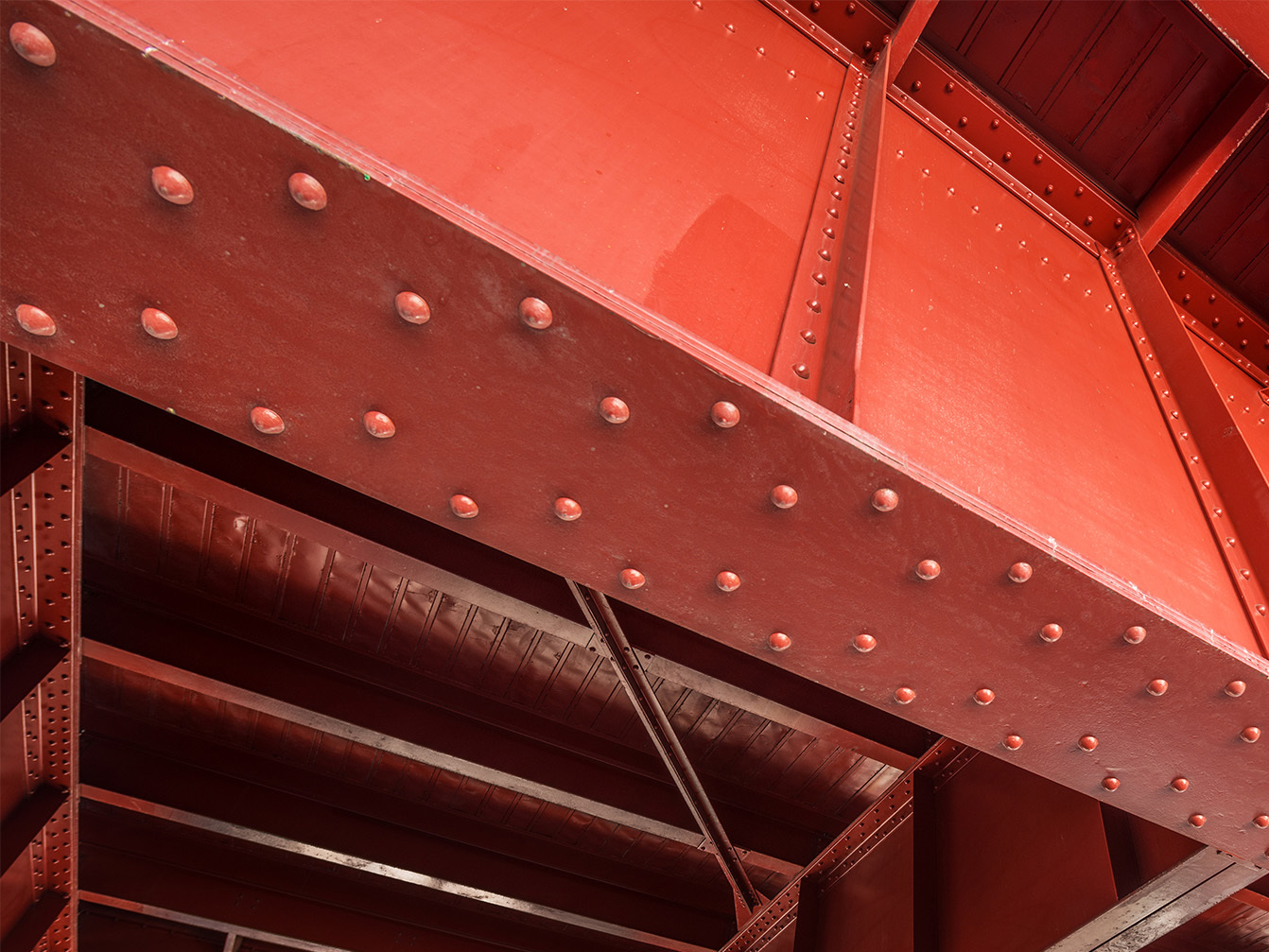New Zealand is out of Gib, the country’s most common type of interior cladding.
Most Kiwis consider Gib to be the generic term for plasterboard. In fact, Gib is a specific brand of plasterboard that is manufactured in New Zealand by Winstone Wallboards (a subsidiary of Fletcher Building). However, to say New Zealand is out of Gib is to say that New Zealand is out of plasterboard, because Gib maintains a 94% share of New Zealand’s plasterboard market.
Similar to other problems in a post-COVID-19 era, it is easy to attribute the cause of the plasterboard drought to COVID-19 and the accompanying Government restrictions. Whilst it is true that COVID-19 has had a major impact on the supply of building materials and labour in the construction industry, that is not the complete picture. There is little doubt that having more competition in the market could have eased the situation considerably.
The Commerce Commission is currently undertaking a market investigation into residential building materials as part of their probe into house costs. The investigation is focused on the perceived lack of competition in the New Zealand building sector. As part of this, they will be examining whether big construction players are blocking new entrants, such as new green building supplies or novel prefabricated products, from building sites.[1]
In anticipation of the Commerce Commission’s findings, this article discusses the complex causes driving the Gib shortage. The article considers the implications of an ongoing shortage of building materials on construction projects. As such, we also consider some steps that could be taken to limit the risk from increased costs of material and project delays when entering into construction contracts.
The Great Gib Drought
In February 2022, 26 sheets of Standard Gib Board were listed on Trade Me with the enticing caption: “ready to go so you can finish your job!”. 267 bids later and it sold for no less than $5,151.50. By comparison, standard Gib board sold at Bunnings for around $33.82 per sheet – i.e., the successful Trade Me bidder paid six times the market price.[2]
Developers are reporting that some projects are grinding to a halt due to Gib shortages. Some building sites may have laid foundations and erected framing, but no interior work is being done “simply because you just can’t get your hands on anything”.[3]
Winstone responded to the shortage by introducing the ‘allocation model’ – essentially rationing the supply of Gib board to customers.[4] From July Winstone will “allocate” Gib boards to customers based on their previous order level history. This is said to be an attempt to supply Gib based on customers’ real-time needs and to prevent stockpiling.[5] The model may bring some relief, but it does not solve the problem in the longer term.
Major suppliers such as Carters and PlaceMakers have warned the public that delays are getting worse, not better, and that this could pose particular challenges to smaller projects.[6] PlaceMakers operator, Grant Close, said in a recent social media video: “It’s going to be tough over the next six months […] We can’t see any of our suppliers having any more capability to deliver to our needs”.[7]
The shortage comes at a time where more houses are being built in New Zealand than at any time in history. Statistics NZ released that, for the first time, the number of building consents issued in a year surpassed the 50,000 barrier (in the year up to March).[8]
COVID-19
COVID-19 is a major contributing factor to the Gib shortage. While it is not possible to quantify the effect of last year’s COVID-19 restrictions, it is certain that the shut-down of most of the country’s material manufacturing capacity for five weeks exacerbated the shortage. According to Winstone, this led to a backlog of orders and caused far longer lead times.[9] The first lockdown in 2020, coupled with Winstone’s routine Christmas shutdown period, had already reduced supplies of Gib in the market. Stock depleted rapidly when most of New Zealand moved out of lockdown and start ramping up construction projects, but Auckland – and its Gib factory – remained firmly locked down.[10]
It did not take long for the industry to foresee possible shortages of Gib which triggered the “toilet paper effect” among builders. Contractors with storage space and the funds would place advanced orders to secure Gib.[11]
The elephant not in the room
However, the Gib shortage did not arise solely as a result of the COVID-19 pandemic. Rather the shortage is the result of the impacts of COVID-19 on market overwhelmingly dominated a single entity.[12] As stated above, Gib has a 94% share of the plasterboard market. Its closest competitor is Elephant Plasterboard who supplies only 3% of the market (at most).[13]
In 2014 Winstone was investigated and subsequently acquitted of anticompetitive predatory conduct by the Commerce Commission. The Commerce Commission concluded that Winstone’s high market share was being maintained by new entrants failing to make attractive offers to merchants, Building Code compliance, and the preference of those involved in designing, consenting, and building houses.[14]
Implications
The most apparent implication of the Gib shortage is the increase in cost of acquiring Gib – and indeed building materials in general. The New Zealand Infrastructure Commission says the cost of residential and non-residential construction rose 10% in 2021. A survey from December found a 16% rise in cost of building materials in just the last three months of 2021 and participants have forecast a further 12% rise in the next half year – equally a compound 28% increase in materials cost by mid this year.[15]
PlaceMakers has listed 22 categories where customers will soon see price increases including plywood, several timber products, concrete products, and glass wool insulation. PlaceMakers reiterated the orders for Gib would only be delivered to sites that are currently ready to apply it.[16]
Although the steps taken by PlaceMakers and Winstone may reduce the scale of delays, this ‘just in time’ delivery model is likely to increase anxiety and heighten risk of delays to the project if there are any delays in delivery. Under Winstone’s allocation procedure, customers will only be able to order Gib one month prior to the expected delivery date.[17]
Further considerations for projects in a post-COVID-19 era
In light of the current and foreseeable implications of the ongoing Gib shortage – and general building supplies shortage – parties may wish to decide to mitigate their risk. We outline below points to consider when managing procurement disruptions for construction projects. These considerations are further outlined in our article dated 31 August 2021 here.
- Cost adjustments: Parties may agree to bespoke arrangements for addressing cost increases under the construction contract that are more tailored to the specific risks for the project.
- Extension of time: Parties may negotiate new entitling events that specifically cover unavoidable or unmitigated supply chain delays which could not have been avoided or overcome by the contractor through reasonable planning.
- COVID-19 clauses: “COVID-clauses” continue to dominate contract negotiations. With the COVID-19 landscape changing, the key consideration is in ensuring it remains up-to-date and fit for purpose.
- Early procurement/letters of intent: Parties may wish to use mechanisms such as letters of intent for projects that are still being priced or are in the early stages of design, to undertake early procurement activities in advance of entering into a contract. Where price increase and material shortages are likely occurrences, this has the double benefit of allowing the contractor to lock in current pricing and gives both parties the comfort that material will be available when required.
Key takeaways
Whilst the Commerce Commission’s investigation is currently being conducted, we can expect the continuation of shortages in not only Gib but other building materials. Plasterboard is just one of many areas where New Zealand’s construction industry is highly concentrated and thus susceptible to market-wide supply issues.
There are five key points that commercial parties should be aware of in respect of the current Gib and other building materials shortage:
- Shortages in building materials like Gib are likely to continue for the foreseeable future.
- The cost of procuring building materials rose significantly (16%) in the last quarter of 2021 and is projected to rise similarly (12%) until at least mid this year.
- Construction projects are at risk of delays due to the inability to procure building materials.
- Parties should make further considerations to mitigate their exposure to cost increases and damages for delay.
- Parties should consider the risk of the nature of supply chain disruptions and the allocation of such risk.
Footnotes
[1] Jonathon Milne “Big Gib maker up against the wall in Commerce Commission inquiry” Newsroom (New Zealand, 10 February 2022).
[2] Jonathan Killick “Shortage sees builders buy Gib Board for six times retail price on Trade Me” Stuff (New Zealand, 9 March 2022).
[3] Jonathon Milne “Building project grind to a halt as dominant Fletcher freezes Gib orders” Newsroom (New Zealand, 10 February 2022)
[4] GIB “GIB Plasterboard Supply Update” (9 February 2022).
[5] Anne Gibson “Three-pronged attack attempts to solve New Zealand’s drastic Gib plasterboard shortage” NZ Herald (New Zealand, 4 April 2022).
[6] Milne, above n 3.
[7] Milne, above n 3.
[8] Anne Gibson “PlaceMakers warn of price rises and product shortage” NZ Herald (New Zealand, 5 May 2022).
[9] GIB, above n 6.
[10] Mandow, above n 4.
[11] Mandow, above n 4.
[12] Mandow, above n 4.
[13] Milne, above n 3.
[14] Milne, above n 1.
[15] Gibson, above n 6.
[16] Anne Gibson, above n 9.
[17] Gib, above n 5.
This article was co-authored by Alyssa Kennedy, a solicitor in our construction and infrastructure team.






